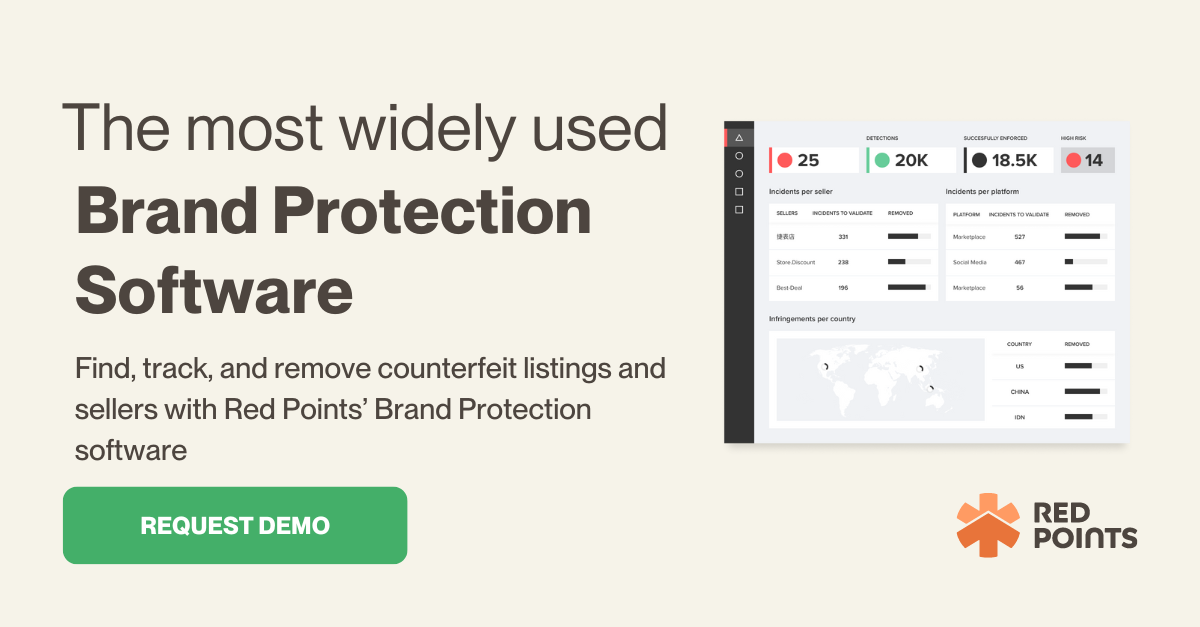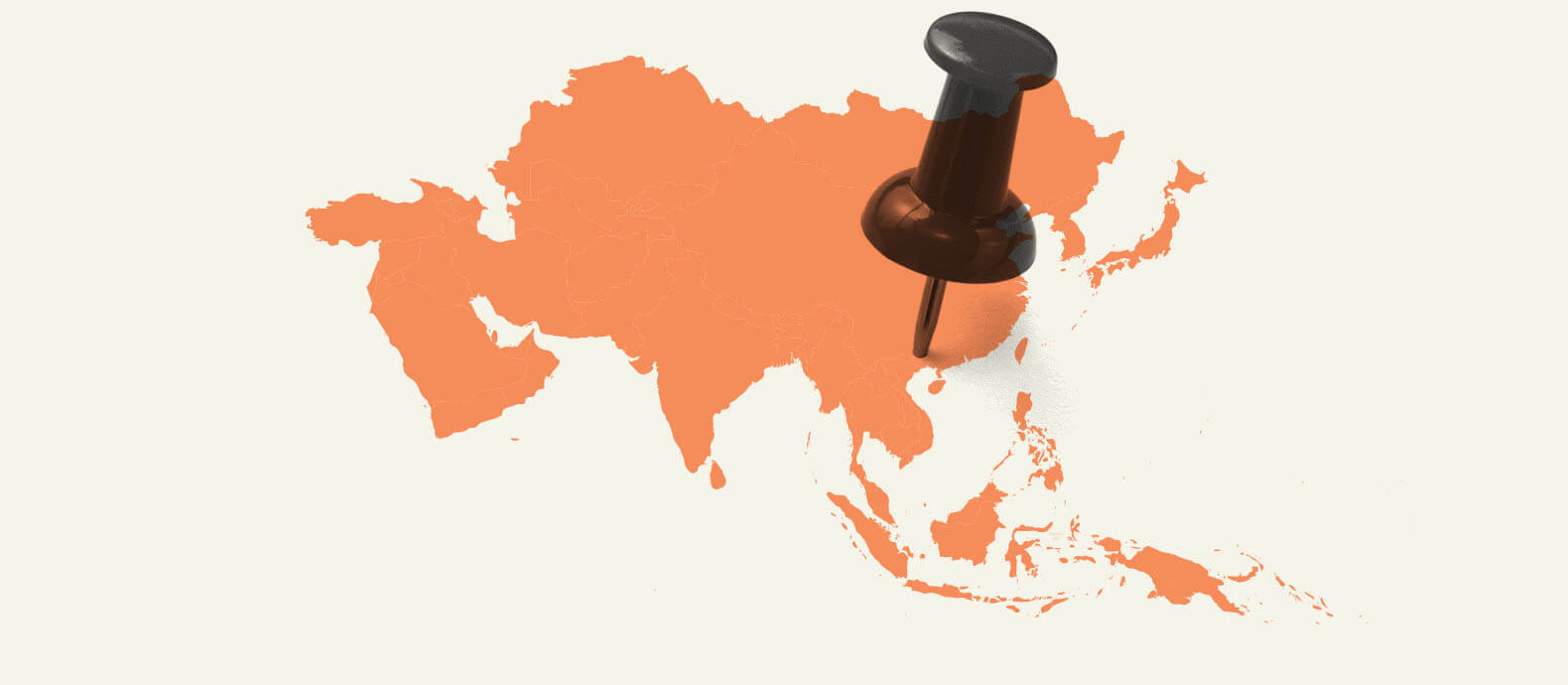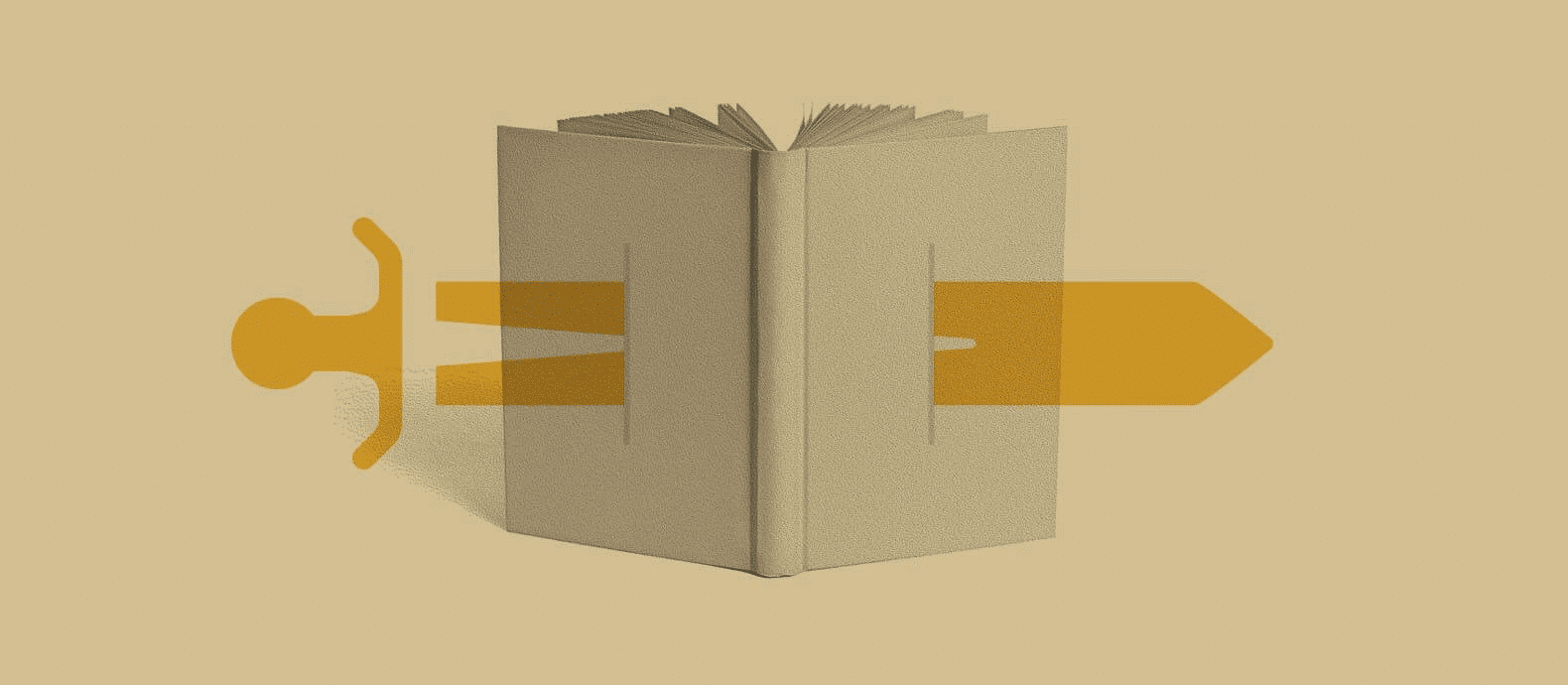Patents are essential to guard a business against unauthorized replication of its products and innovations. Did you know Apple has 72,054 patents globally?
China is the second largest economy in the world and is known to be home to the counterfeit industry. The Global trade in counterfeits or fake goods is estimated to be around 500 billion.
As a business owner, it is fundamental to understand how patents work in China to wholly protect your innovations and products.
In this blog, learn about
- The documentation requirements to submit a patent application in China
- The types of patents granted in China
- How to enforce a patent in China
- And much more!
1. Why do you need to register your patent in China?
Registering a patent for your product is the first step to legally restricting other parties from making, using, and selling a product similar to yours. You may be wondering, if you have a patent registration in the US, why do you need to register it in China?
Imagine your company BluShark invented and launched a self cleansing water bottle with advanced UV light technology in the US. BluShark registered a patent for utility, design, and invention for the water bottle in the US to prevent the market from being flooded by counterfeits.
A year later, a competitor based in China launched a similar product with the same technology, and as a result, BluShark recorded a loss of 1 Billion USD. The status of patent protection in one country does not necessarily imply that it exists and protects the product in other countries.
What this refers to is that BluShark might not be able to sue infringers and claim damages if the parents are not registered or recognized in China.
2. How do patents work in China?
Novelty, utility, and inventiveness need to be proved for getting a patent under Chinese law for invention or utility patents. Let’s break these terms to understand the context better.
As far as the ‘novelty requirement’ is concerned, China’s National Intellectual Property Administration (CNIPA) requires the applicant to ensure that the subject matter of the application is not interchangeable with other registered patents, whether disclosed or publicly used, both internationally and domestically.
A practical value or an invention or utility model should be present to fulfill the ‘utility requirement’
Lastly, the applicant is required to show a distinct inventive step or development in the product to demonstrate ‘inventiveness’
3. How many different patent categories exist in China?
Patents in China are divided into three sub-categories.
- Invention patent – Covers mostly technological solutions that need to be original, workable, and unique. Invention patents have a validity deadline of 20 years from the filing date or priority date.
- Utility patent – It protects the structural physical features of a product, its shape, or both. A utility patent in China protects for 10 years, starting from the filing date.
- Design patent – Covers unique designs, including color, patterns, and more of a product. The validity of a design patent in China is 15 years from the filing date.

4. How to file for a patent in China?
Under the Chinese legal framework, a patent can be filed in the following ways:
- A patent attorney or patent agent may file a patent request on behalf of your company. Find a list of certified patent agencies in China.
- You can file an international patent application under the Patent Cooperation Treaty (the PCT), to which China is a signatory. An application can be submitted at the national patent office of the contracting state, where the applicant is a national or a resident.
- Subsequently, an application can be made with the International Bureau of the World Intellectual Property Office based in Geneva, Switzerland. After that, no later than thirty (30) months after the first application or the priority filing date, an application must be entered at the national phase by applying at the relevant office in China.
- China is also a party to ‘the Paris Convention.’ An application can be submitted in a foreign jurisdiction if such a country is a contracting state to the Paris Convention. Following this, an applicant shall within 6-12 months, depending on the type of patent file for patent protection in China.
5. Does China recognize international patents?
The Patent Law (2020) and the Implementing Regulations of the Patent Law (2010) primarily regulate the patent application process and the protection of patents in China.
Internationally, China is a member of WIPO and has ratified several international treaties and bilateral agreements in the area of patents over the past 30 years. Therefore, International patents are recognized, and there are a number of ways to register those patents in China, as mentioned above.
However, it is essential to note that (CNIPA) grants patents to “first-to-file” applicants, not the “first-to-use” ones, so it is necessary to submit an application for your international patent to be recognized in China.
6. Which actions are considered direct patent infringements in China?
In simpler terms, unauthorized use of a company’s patent is known as direct patent infringement.
For example, ‘Run track’ is a Chinese company that is known for manufacturing light and comfortable insoles for running shoes. Despite having a patent to protect its cutting edge invention, a competitor copies the same design and launches a new shoe line. In this case, the competitor will be considered to be directly infringing the patent.
7. What options are open to a patent holder to enforce its rights in China?
If you are planning to enforce patent rights in China, it can be done so by;
- Criminal Proceedings
Before getting into detail, it is essential to point out that patent infringement does not result in criminal liability in China.
However, activities that falsely represent that a product is protected by a patent or application fall under the ambit of recognized criminal offenses under ( Rule 84 – 2010 Patent Implementing Rules) and ( Article 216 of the Criminal Law 2020)
- Civil Proceedings
A claimant must submit a request to the court with jurisdiction over the particular subject matter and territory. Generally, these are the Specialist IP tribunals or three special courts in Beijing, Shanghai, and Guangzhou. The main stages of civil proceedings for patent infringement in China are discussed below.
- Border Measures
If you are a patent holder, you can reach out to The General Administration of Customs (GAC), which is in charge of monitoring shipments and has the authority to suspend importing or exporting activities on the grounds of infringement.
Patent owners are encouraged to submit applications to the GAC to register their intellectual property rights. Records filed with customs protections are valid for ten years.
- Others
The patent holder could also request administrative enforcement from the ADPA, which holds the right to order the infringer to cease the infringing activity immediately after confirming the patent infringement.
8. What language should be used in the proceedings?
The official language of all court proceedings in China is Mandarin Chinese.
All evidence submitted in the court should be translated into Chinese, and all foreign language evidence needs to be translated and then certified by a translation agency if required by the court as per Rule 3 of Implementing Regulations of the Patent Law.
9. What courts/government bodies are responsible for enforcing patents?
Specialist IP law tribunals are generally responsible for enforcing patents in China. Additionally, the Supreme People’s Court (SPC) in 2014 founded three IP courts based in Beijing, Shanghai, and Guangzhou.
Only cases from the regions in which they are based are allowed by the special IP courts. If you are suing someone who is located outside of these cities, a specialist IP tribunal should be engaged.
10. How to build a case of patent infringement in China?
Some of the documents required to submit when filing for a patent in China are listed down below;
- Power of Attorney (POA) by an authorized patent attorney
- Patent application letter
- A document, image, or instruction that establishes a right to use an invention or utility model in the area.
11. Which are the main stages of patent infringement proceedings?
After correctly identifying which court has jurisdiction over your case, you should file a complaint to start the patent infringement procedure. The claimant must file a copy of the pleading for each defendant.
Within 5 days of the court accepting the application, each defendant must receive a copy of the pleading by the claimant.15 days are given for the defendant to submit a statement of defense.
The deadline for submitting evidence for the claimant and defendant(s) is 30 days after receiving the notice of the evidence request. The court usually arranges the exchange of evidence between the parties.
A design patent in mainland China can be issued in roughly 6 months, a utility model patent in between 6 to 8 months, and an invention patent in between 2 to 5 years.
12. What is the cost of proceeding to a first instance decision, a preliminary injunction, and an appeal?
The average litigation cost of proceedings varies on the complexity, length, and value of the patent(s) involved. Check out the complete schedule fee for filing a patent on China Trademark Office’s official website.
For an invention patent, IP attorneys charge between;
- Trial ( IP courts and tribunals) – CY50,000 to CNY500,000 (USD 7,021 to USD 70,210).
- First appeal – CNY100,000 to CNY800,000 (USD 14,042 to USD 112,336).
Please note that these are rough estimates, and the cost can vary. The court has the discretion to order the losing party to pay reasonable legal costs to the winning party in all IP infringement cases.
13. How can you avoid patent infringement in China?
The research, time, and cost required to find potential infringements and take legal action are lengthy and expensive. By the time patent infringement is proved, and the product is taken down, you might lose millions in revenue.
Here is a better alternative! Red Points’ Intellectual Property software automatically finds and removes IP infringement to protect your customers and profits around the clock across thousands of web pages and listings.
What’s next
If you have a business anywhere around the world, it is crucial to know how to enforce a patent in China. Why? According to Europol, China is responsible for 86 percent of all counterfeits globally.
Finding and removing counterfeits to protect your customers and profits is key. At Red Points, we automate the monitoring your intellectual property and streamline the reporting and enforcement process by going after any theft cases before they cause permanent damage to your brand.







